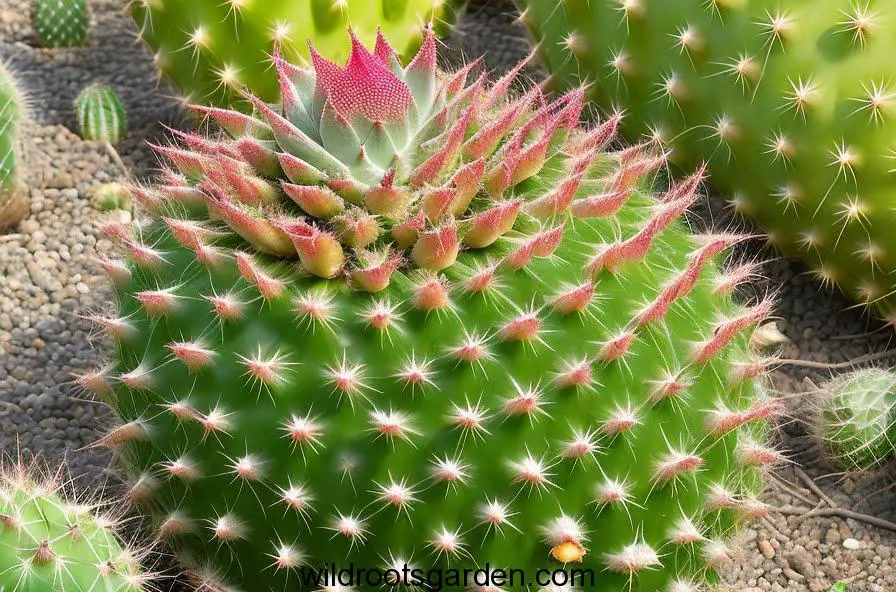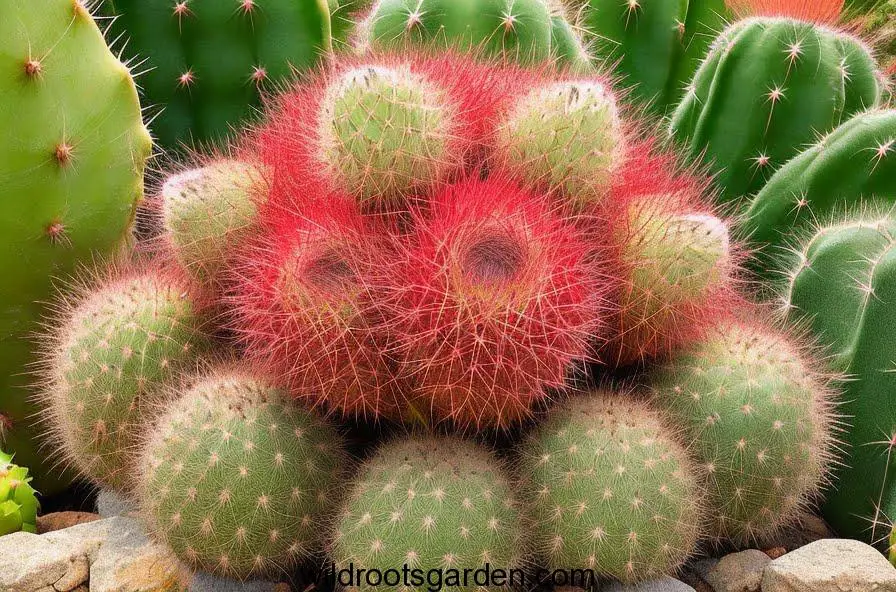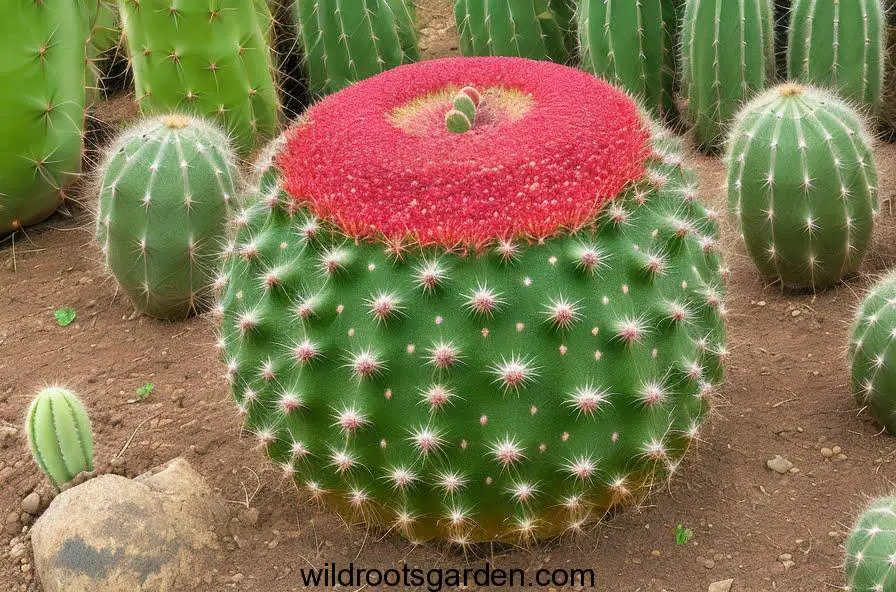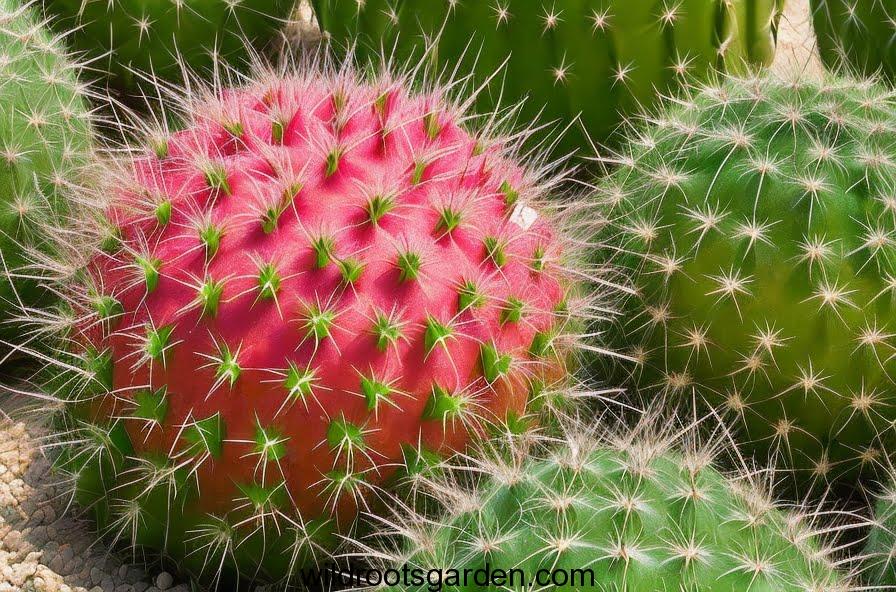Is a Cactus a Fruit or Vegetable? Sometimes things can become a little complicated when it comes to classifying plants. The cactus is an example of such a confusing circumstance. It makes sense that people frequently wonder whether cacti are considered fruits or vegetables given their distinctive appearance and traits. This in-depth study will go into the world of cactus, examining their botanical traits, potential uses in food, and the age-old debate over whether they are considered fruits or vegetables. So let’s start this thrilling voyage and solve the cactus classification puzzle!
Is a Cactus a Fruit or Vegetable?
Confusion often surrounds the classification of cacti as either fruits or vegetables. We must first comprehend these terms’ botanical definitions in order to give a coherent response.

Defining Fruits
A flowering plant’s mature ovary, which normally contains seeds, is referred to as a fruit in botanical jargon. It grows from the fertilized flower and acts as a means of dispersing seeds. Fruits are tasty and desirable to consume because they are frequently fleshy and contain sugars.
The Intriguing Nature of Cacti
Cacti, on the other hand, are succulent plants that are accustomed to dry environments. They include distinguishing features such as spines, thick, meaty stems, and the ability to store water. They may thrive in severe desert situations where many other plants find it difficult to survive because of their adaptations.
Cactus as a Fruit
There are certain cacti species that do bear edible fruits, albeit not all cacti do. These cactus fruits grow from their flowers and are used to disperse seeds. The prickly pear cactus (Opuntia spp.), which yields colorful and delectable fruits known as “tunas” or “nopales,” is one example. Tunas have a sweet flavor and are frequently used in cooking, especially in Mexican food.
Prickly pear cactus fruits are a good source of vitamins, minerals, and antioxidants. They are a healthy addition to a diet because they are an excellent source of fiber and vitamin C. These fruits are incredibly adaptable and can be used in a variety of recipes, including salads, jams, jellies, and even beverages.

Health Benefits of Cactus Fruits
Cactus fruits are used in cooking and have a number of health advantages. They have a reputation for having anti-inflammatory qualities, supporting digestion, and controlling blood sugar. Moreover, the high fiber content of cactus fruits can improve weight management by encouraging fullness. Cactus fruits are a useful complement to a balanced and healthy diet because of these nutritional benefits.
Cactus as a Vegetable
While cactus fruits are unquestionably delicious, cacti themselves can also be used as vegetables in some recipes. Particularly, some cactus species, like the prickly pear cactus, have fleshy pads or stems that are frequently eaten as vegetables. Nopales, or these edible stems, are a common ingredient in Mexican and Central American cooking.
The flavor and texture of nopales are famous for being distinctive. They have a mildly acidic flavor and a crisp yet soft bite when cooked correctly. Nopales can be added to salads, tacos, stews, and stir-fries, among other foods. In addition to being delicious, they are also a great source of vitamins A, C, and K as well as minerals like calcium and magnesium.

The Culinary Delights of Nopales
Nopales are frequently sautéed in Mexican food with onions and spices to give any dish a wonderful twist. Moreover, they can be grilled, pickled, or boiled, providing a variety of flavours and textures. Nopales’ adaptability enables professional and home cooks to experiment with a limitless range of culinary options.
FAQs about Cactus Classification
Q: Are all cacti edible?
A: No, not all cacti are edible. While some species produce edible fruits or stems, others may contain toxic substances or possess spines that make them unsuitable for consumption.
Q: Are cactus fruits available year-round?
A: The availability of cactus fruits depends on the species and location. In general, cactus fruits have a specific season, often during the summer months when the plants are in bloom.
Q: Can cactus fruits be eaten raw?
A: Yes, cactus fruits can be consumed raw. However, it’s important to handle them with care due to their spines. Removing the spines and outer skin is recommended before consuming the flesh.
Q: Do cactus stems have any health benefits?
A: Yes, cactus stems, particularly nopales, offer several health benefits. They are low in calories, rich in fiber, and contain essential vitamins and minerals.
Q: Can cacti grow in regions with a colder climate?
A: While cacti are typically associated with warm, arid environments, some species can withstand colder temperatures. However, prolonged exposure to frost or freezing conditions can be detrimental to their survival.
Q: How can one incorporate cactus fruits and vegetables into their diet?
A: Cactus fruits can be enjoyed fresh or used in various culinary preparations such as jams, jellies, and beverages. Nopales can be cooked and incorporated into salads, tacos, stews, and stir-fries for a unique and nutritious twist.
Conclusion
In conclusion, it is not easy to determine if a cactus is a fruit or vegetable. While some cacti yield fruits that fit the botanical description, other cacti provide edible stems that are eaten as vegetables. The prickly pear cactus is a perfect example of the fascinating nature of cacti in both the fruit and vegetable categories, thanks to its delectable fruits and adaptable nopales.
Take a moment to enjoy a cactus’ special traits and the gastronomic treats it can provide the next time you come across one. Cacti are unquestionably intriguing and wonderful additions to any menu, whether you enjoy the sweetness of cactus fruits or the tanginess of nopales.

